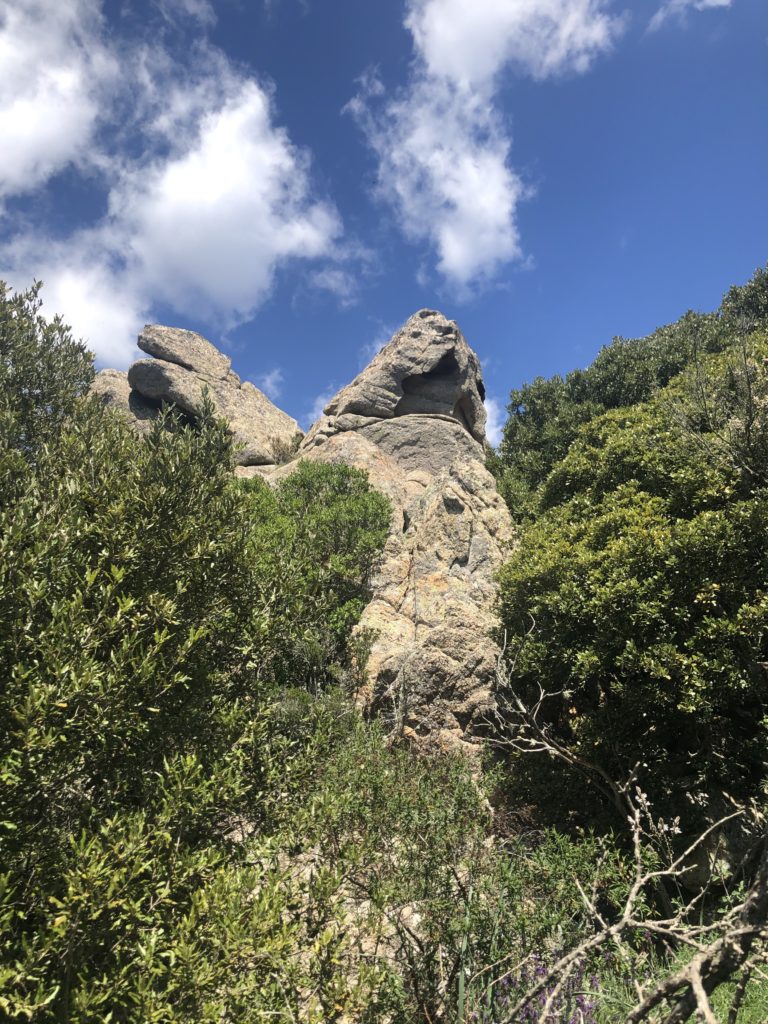
Sardinia …
What immediately comes to mind when I name this place? Take a minute to gather your thoughts, then before you continue reading, scroll all the way to the bottom of the page and type your impressions in the comments section. Thank you.
Are you back now? Great!
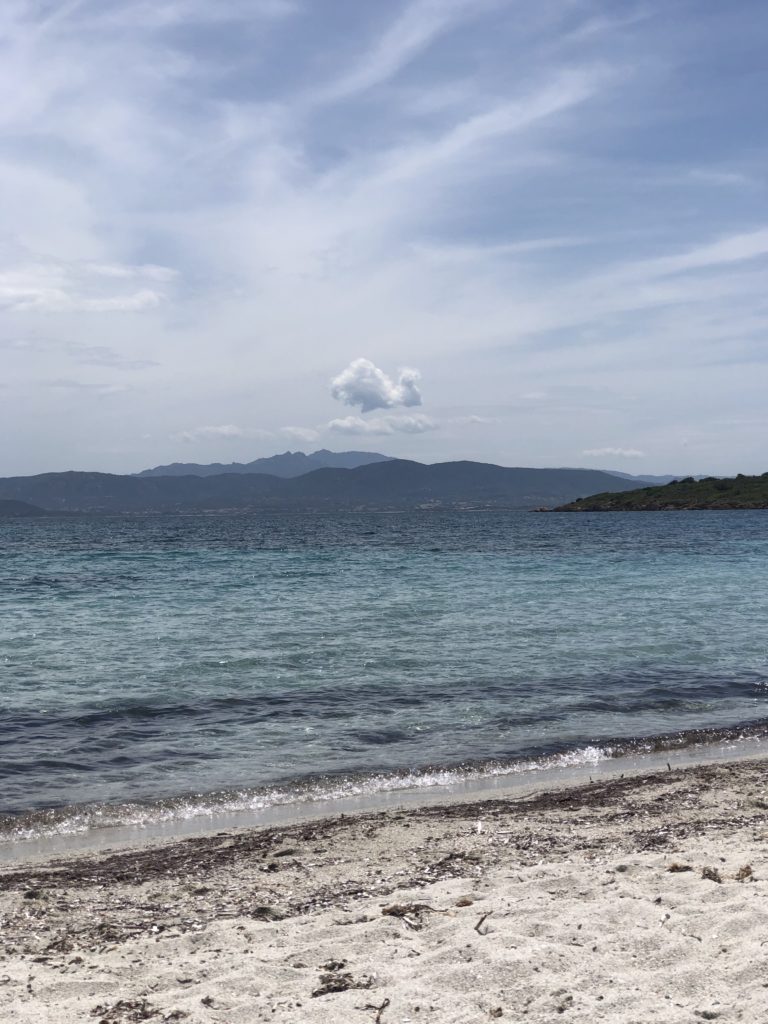
I wonder when you saw Sardinia in your mind’s eye, did you longingly imagine clear, sparkling, emerald waters, sandy toes & the sharp tang of salt in the air? Yes? You can almost smell it now, can’t you?
(What does the place where you live smell like? Let me know in the comments!)
It’s summer here, and that is certainly the experience I am having as of late.
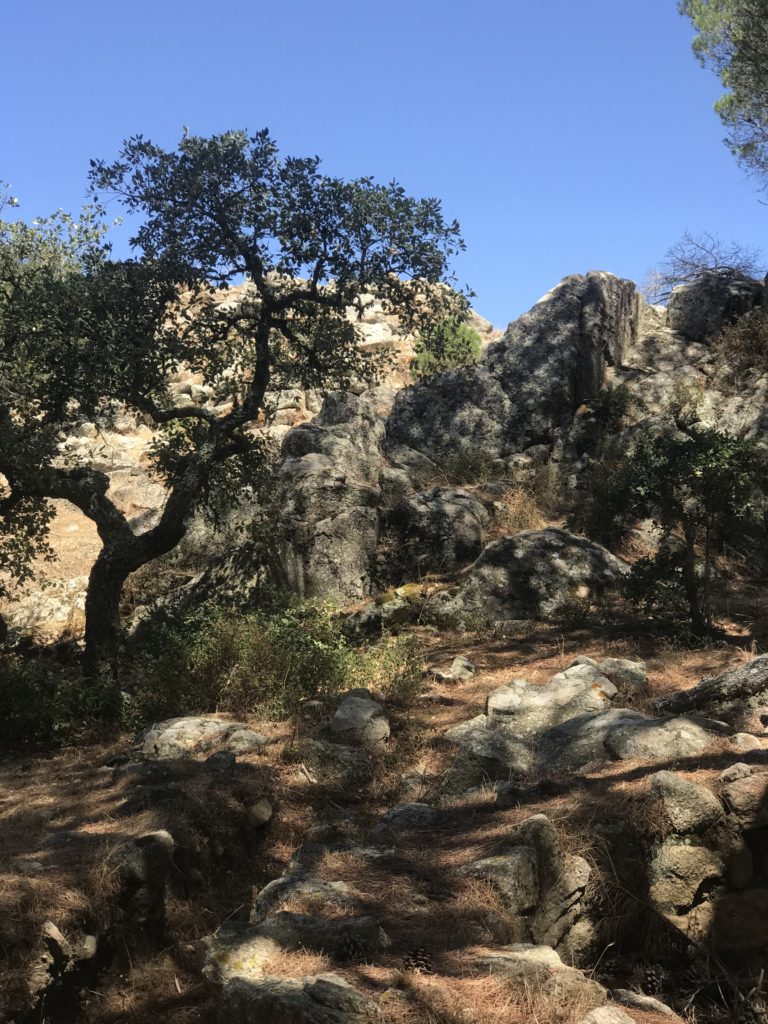
Or did you imagine a dry, arid land, a terrain much in common with other Mediterranean lands, like Sicily, Greece, or Spain? You might imagine quaint fishing villages on the coasts and old medieval castles or churches. You aren’t wrong.
This is the picture Sardinia paints. Yet this land is not all that it seems…
One of the single most joys that I have experienced in my life is getting to know this land, a place I affectionately refer to as Nonna Sardinia. She has shown me there is so much more than meets the eye!
Nonna Sardinia
Sardinia is a unique place with many faces. As you drive around the Island, you will see many sleeping giants; their faces still etched in the rocks, which jut up at all sorts of precarious angles across the landscape. The rocks and mountains have been shaped over millennia by gale-force winds, and they take on the shape of mystical beings. It looks like they’ve all just gone to sleep until they are needed or remembered.
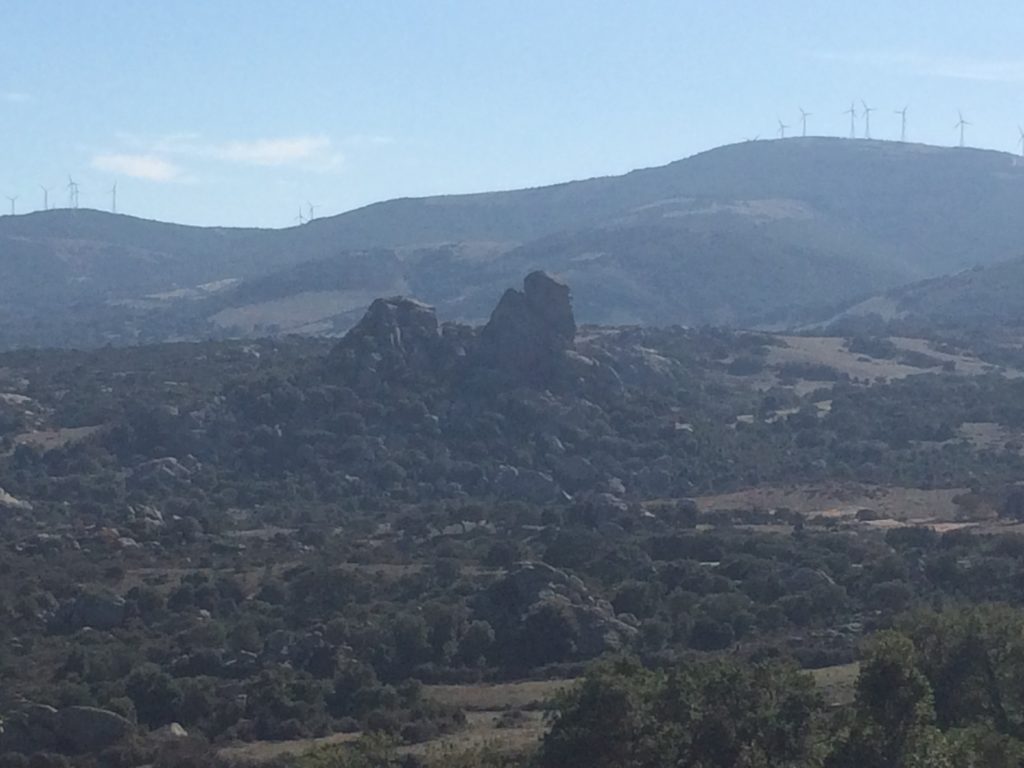
It’s no wonder that one of the most picturesque places on the northern part of the island is called “Valle della Luna,” The Valley of the Moon. In fact, when you talk to people who have visited Sardinia, they often remark on her lunar appearance.
Many Faces of Nonna Sardinia
Nonna Sardinia has a glamorous face, too, that thousands of tourists see every year. This face contains her beautiful emerald and turquoise waters, her pink and white sandy beaches, the limelight of her many man-made clubs, high-end restaurants, and fancy, expensive boutique shops.
While still another of her faces is the one less seen, but no less important, in fact, I believe this face is the most important because it’s the one my teacher wears. She is the ancient grandmother whose energy permeates the entire Island. If you know of the Celtic Goddess, the Cailleach, you will have an inkling of the energy of Nonna Sardinia. Yet Nonna Sardinia is very much the archetype of the Italian Grandmother.
Every land has its guardian, its signature spirit. If you stop long enough and connect to the ground your feet stand upon, you can feel her energy course through your body – a warm and electrifying greeting.
Hello, mamma, nonna, ancient one.
Nonna Sardinia’s face is craggy, and each line runs deep with innate wisdom and the ancient traditions of how to live with this land. Yes, her glistening jewels, and also her harsher aspects like gale-force winds and drought.
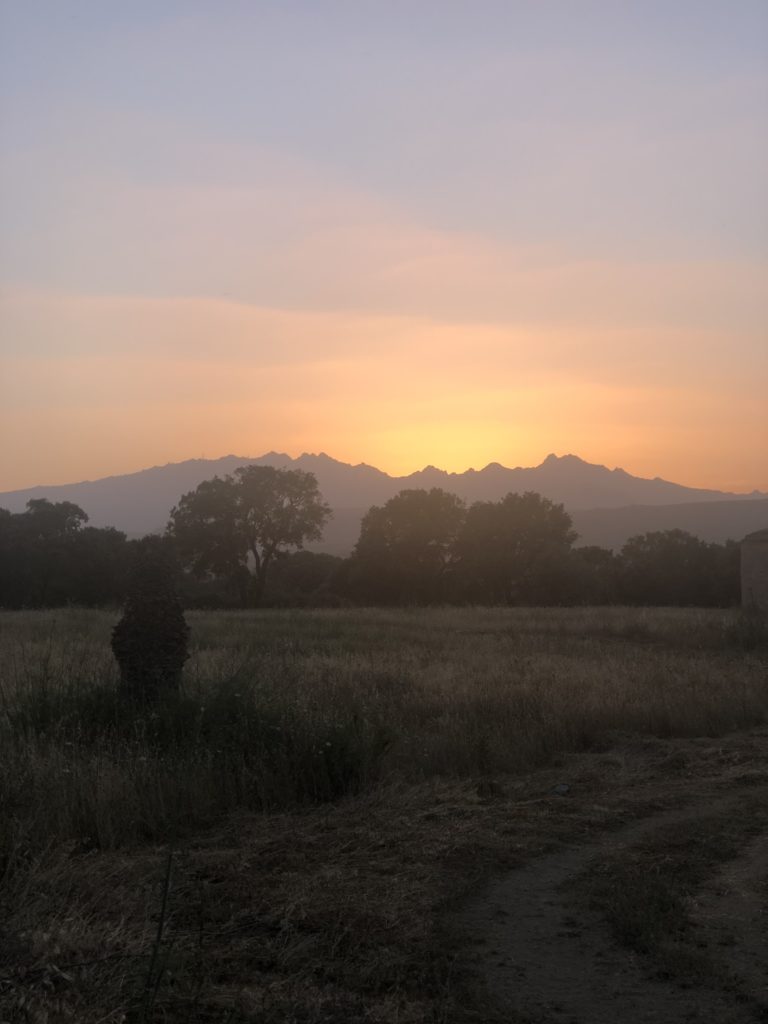
Her back is strong like the rugged mountains that run through this Island, the oldest landmass in Europe. She doesn’t suffer fools but lovingly embraces her children and descendants who resolve to make a life here. She’s also generous to visitors. Although she is a land of many untold mysteries, she doesn’t keep them hidden like a dragon secreting her treasure. She’s warm and inviting to all who approach her with respect a Matriarch deserves.
Some of you might wonder at my describing an island like a person and calling her my teacher. But that’s what happens when you fall in love with a place when a place becomes home.
(If you want to hear me talk about my relationship to this ancient landscape, listen to the podcast episode simply entitled Sardinia.)
Sardinia is one of my great teachers for how to live a life of purpose and meaning. She has given me an inner strength that starts at the core of my being, lit up like a fire in my belly. She is the giver of second chances.
(If you are curious why we moved to Sardinia, to begin with, there’s a whole article about it)
She has also challenged some of my paradigms, and I take note because Sardinia is home to a large percentage of the world’s longest-lived people. They must be doing something right.
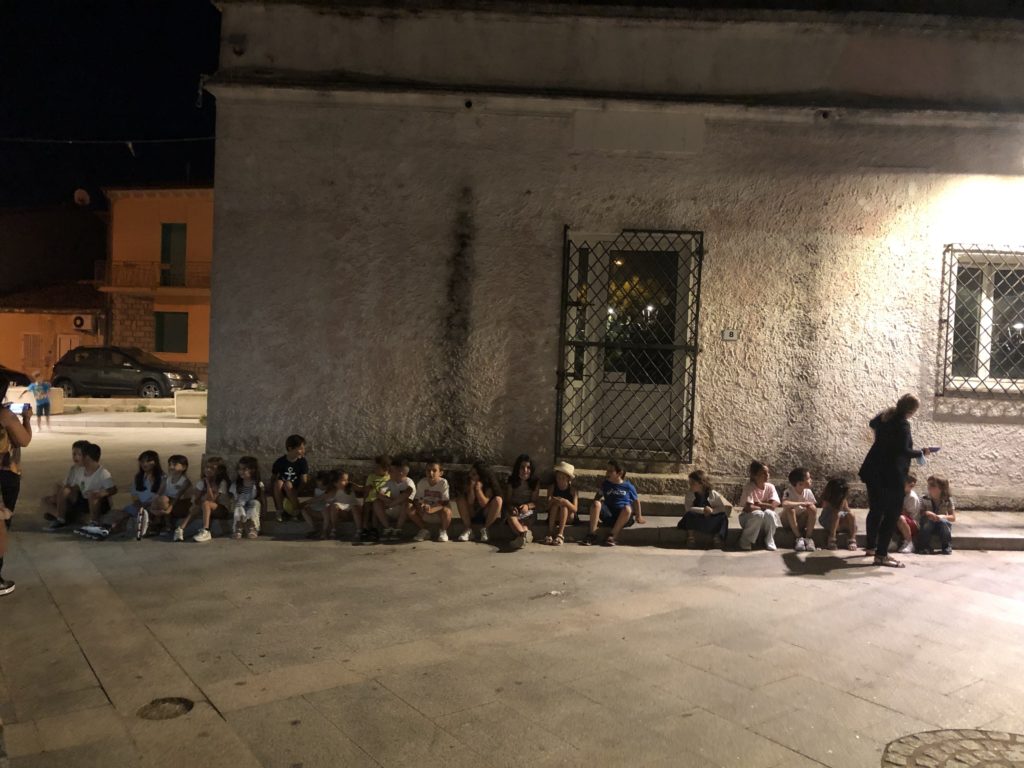
Sardinia Time
Sardinia time has been one of those lessons. Yesterday the temperature in the car read 111F at 4:30 in the afternoon. The actual temperature was 97, but it was still hot for so late in the day. But that’s one of the aspects of Sardinia I have had to get used to – Sardinia time.
Sardinia is like many other Mediterranean countries in that we have a Riposa or Siesta between 2-6 PM. This means mostly everything shuts down during those hours in the smaller towns and villages. At the hottest time of day, and it’s as quiet as being in the crater of a volcano, which incidentally we lack here in Sardinia.
However, I have never lived in a place where you have no shadow at 2 PM because that is when the sun sits directly above you in the sky, instead of at noon. Everything in my internal timeline has had to shift: dinner after 8, February showers bring March flowers, stay inside in the middle of the day, and live a whole other day once the sun goes down.
In the summer, everything comes alive after night falls. Young kids litter the piazzas playing ball, riding bikes, and chasing dogs until midnight. Restaurants start serving dinner at 8. I love to sit in my street-facing garden to watch the various groups walk around this village at a late hour. Gaggles of girls from eight to eighteen, Grandmas greeting a passerby, young dudes blasting music and smoking trying to look cool, and families out for an after-dinner stroll at 11 PM. Long after I have gone to bed, they are still out enjoying the cooler temperatures.

The Changing Landscape
One of the most surprising aspects of Sardinia that I was unaware of when we moved here was how much the landscape changes from season to season. Here, in Gallura, in the northernmost region of Sardinia, we have all four seasons.
One thing that can be said about Sardinia is that non-human nature dominates the landscape. Sardinians have lived for centuries with a philosophy of living with nature. They have been “green” and environmentally conscious, well ahead of the curve.
We even witness the foliage change in the autumn. Though not as spectacular as Vermont, we don’t get the bright, flaming reds because there are no sugar maples here. But we do see millions of acorns litter the ground because Sardinia is home to thousands of thousands of cork oak trees. Sardinians have used cork in thousands of ingenious ways since the Nuragic, Mesolithic days. Pliny the Elder, an ancient Roman naturalist, wrote in his Natural History that cork was used by ancient Sardinians as fisherman’s drag nets and soles of winter shoes, among others.
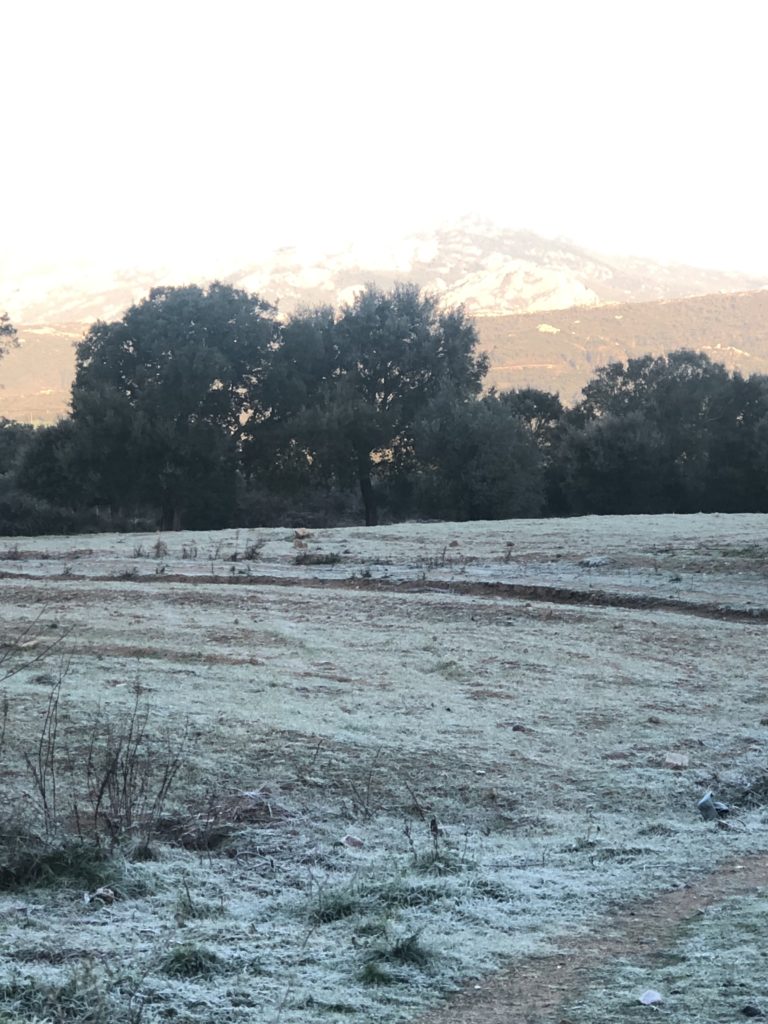
Micro-Continent
Sardinia is home to almost every type of ecosystem that exists on Earth; mountains, woods, scrublands, plains, rocky coasts, deserts, tropics, caves, gorges, and vast stretches of uninhabited land…it has been described since antiquity as a micro-continent.
The main biosystems in Sardinia are:
*Coasts and small islands, which include beaches, dunes, and cliffs, and also ponds, marshes, salt marshes, and lagoons
*Mediterranean scrub areas inhabited by holm oak, juniper, rock rose, spurge, broom, heather, corbezzolo, olive, carob, and oleander
*Woodlands and Forests home to oak, chestnut, cork, and pine,
*Rivers and Lakes
*Mountains
*Agricultural Zones
*Urban Areas

Mountains
Mountain areas are some of the most widely dispersed after coastal areas, of course.
In the center of the Island, in the mountainous region that extends through the provinces of Nuoro and Ogliastra, some peaks reach a height of 6,000 feet. In Fonni, the highest town in Sardinia, which incidentally grows delicious potatoes, produces delicious artisanal bread, and makes a wide variety of traditional cheese and meats, snowfalls can be as high as three feet. Blizzards are not uncommon during the winter there.
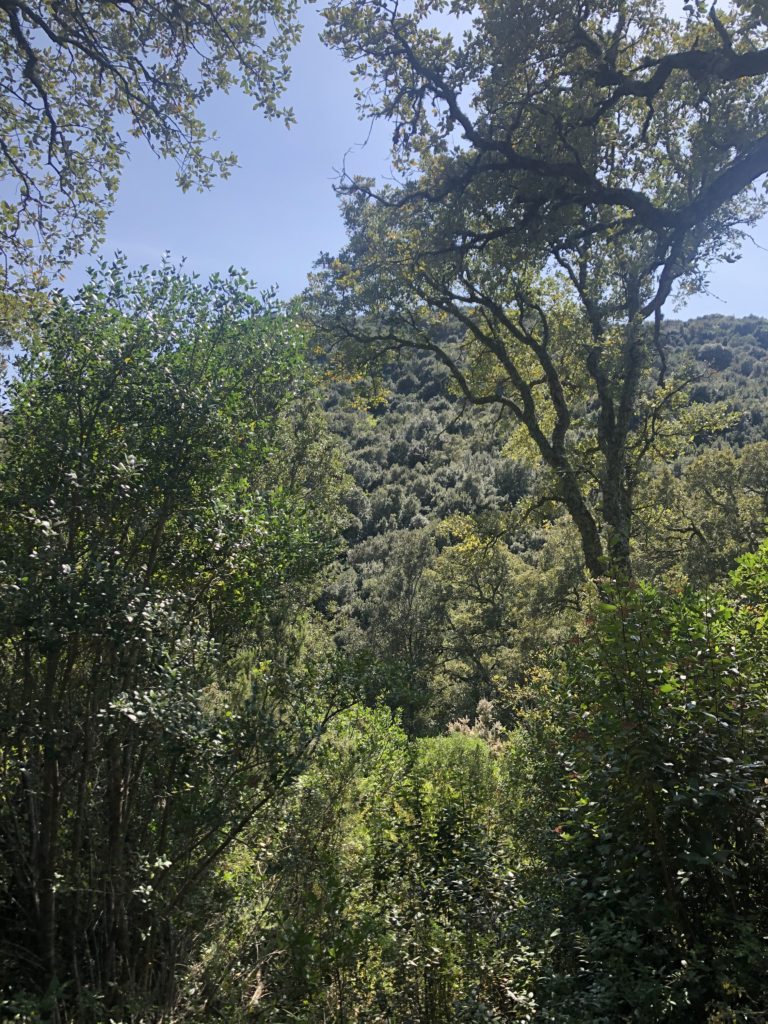
Forests
Sardinia has been actively working to preserve forests and reforest other areas, especially those that have been habitats for a wide range of animals. For example, the Sardinian red deer is making a comeback due to these protected lands.
Sardinia is the Italian region with the most significant number of forests. Fifty percent of the Island is covered in forested land, and there are also 60 wildlife reserves. 25% of the Island’s territory is environmentally preserved. Sulcis Regional Park, located in the southwest, is the largest Mediterranean evergreen forest in Europe.
Flora
The most common family of plants you will find in Sardinia is the Macchia or scrub brush varietals.
Some other common plants you will find across the Island are cork and holm oaks, prickly pears, rosemary, yew, holly, Aleppo pine, red juniper, Phoenician juniper, black hornbeam, black alder, chestnut, thorny oak, laurel, hawthorn, cherry, mastic, and mirto (myrtle).
The most amazing thing I have witnessed is the onslaught of wildflowers that start popping up all over the place beginning in mid-February. It was such a surprise to me, not only timing-wise but also just the sheer variety, with new ones emerging daily. That’s why it’s a haven for all kinds of bees, including the rare violet carpenter bee, which looks black with an iridescent sheen.

Fauna
Sardinia has been isolated for much of its history. This separation has led to pockets of rare animals and rare human genetic pools alike.
Sardinia boasts 370 different species of wildlife, many of which you find only on the Island, or perhaps in Corsica, the neighboring Island which was once joined together. One of the last of Europe’s herds of wild horses lives here.
Some of the most common and interesting species found in Sardinia are wild boars, wild cats, Sardinian deer, Sardinian fox, Giara horses, indigenous Sardinian sheep, albino donkeys, falcons, golden eagles, mouflon, Sardinian long-eared bats, pink flamingos, also five different types of dolphins, orcas, and sperm whales and even monk seals.
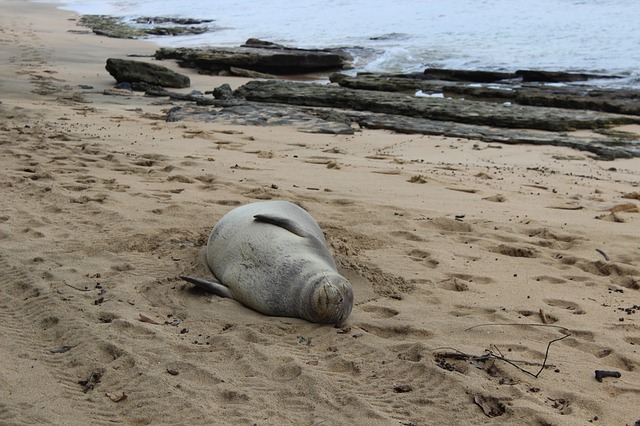
Monk seals are an endangered species with about 700 individuals left in the wild. It doesn’t surprise me that they want to live in Sardinian waters, some of the cleanest in the world.
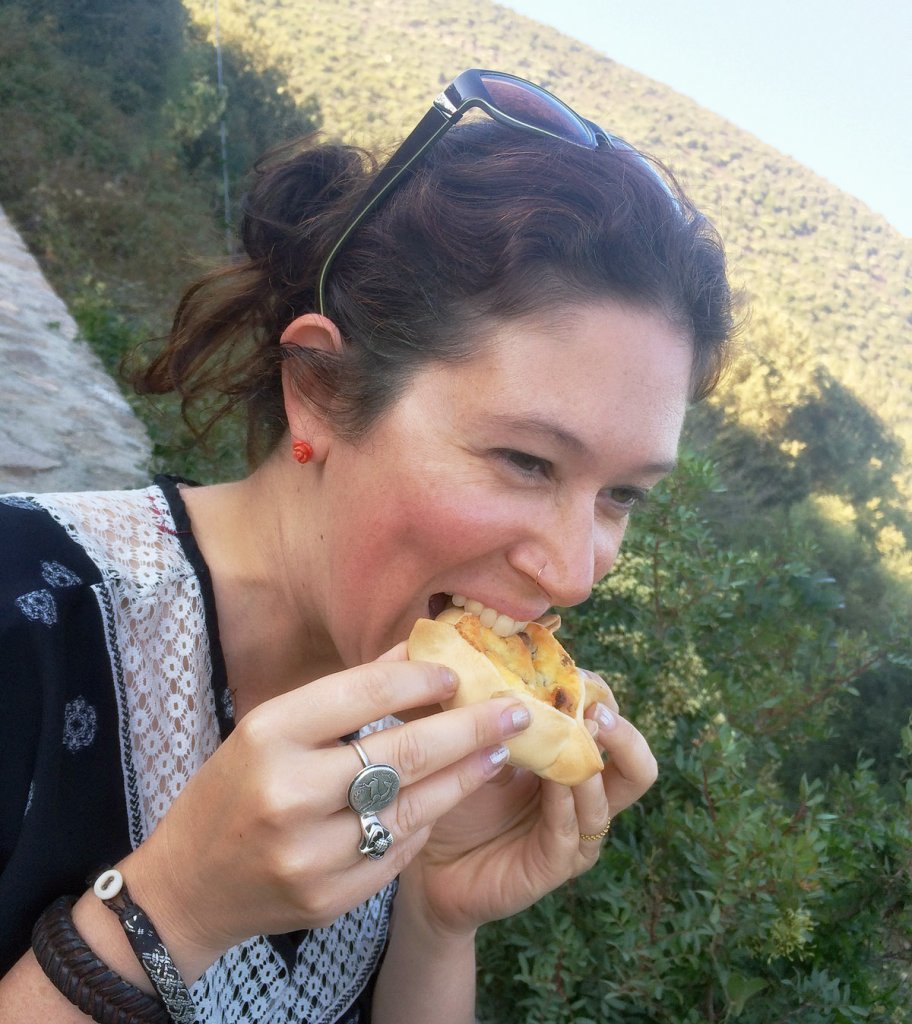
Land & Food
I can’t talk about the landscape of Sardinia without mentioning the food because they are entwined with each other. People still eat a primarily traditional diet here, which is seasonal and as local as it gets.
Sardinians have always seen how their land and their lives are intertwined. So, there is a deep respect for food and a pleasurable enjoyment of it. Sardinians remember that both they and their food are born from the soil that feeds them. So, they take care of the land and let their blood, sweat, and tears nourish it as their Ancestors have for millennia.
In my article Eat Like An Italian: Part 1: No Guilt, I talk about how I was trapped in an unhealthy cycle growing up in American diet culture, and how I was confused about what I needed to eat to be healthy, which led to a myriad of problems in my life. However, living in Sardinia has helped me heal from a lifetime of struggle with body image.
I have held an unwavering faith that living in Sardinia helps me more and more to become the person I am and to continue to rid my mind of unhealthy thoughts about myself. Nonna Sardinia has my back. She can hold me, for she is made of granite, basalt, and limestone.
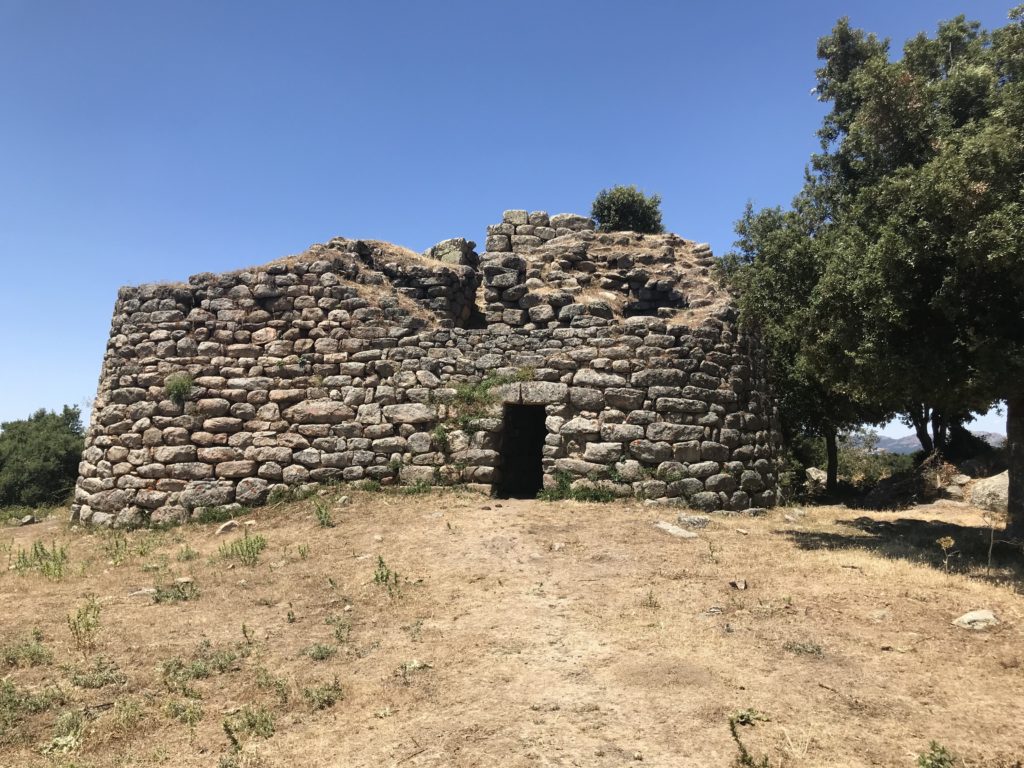
Let’s Get Megalithic
Finally, we can’t talk about the Sardinian landscape without discussing the nearly 10,000 megalithic sites that dot the countryside. With about 35,000 megaliths in Europe, it might take the lion’s share in this part of the world. However, the oldest megalithic sites in Europe are in Malta.
Sardinia has several types of megalithic structures, including 7,000 nuraghes, over 1,000 dolmans and menhirs (known as standing stones), and 800 Giant’s tombs. If you saw a different one every day, it would take over 30 years to visit them all.
Tombe Dei Giganti
I have been so fascinated with these structures, especially the Tombe dei Giganti, the Giant’s tombs. Many archaeologists believe they were massive burials mounds housing hundreds of human remains. Other researchers believe they actually are the graves of giants as many larger than human bones have been found by locals in various locations in Sardinia.
There is local mythology and legends that giants once roamed this mythical Island and are ancient ancestors of the Sardinian people.
Nuraghe
Nuraghes are the primary type of megalithic structure in Sardinia. They were built during the Nuragic age between 1900 to 730 BCE. There are about 7,000 still standing, but archaeologists believe there were probably more than 10,000 in earlier times.
Historians still don’t know what their main function was. Some ideas are rulers’ residences, religious temples, military strongholds, meeting halls, or ordinary dwellings. However, many are on top of high hills and aligned with astrological orientation, like sunrise at Winter Solstice or the moon at its southernmost rising position.
Nuraghes are still a mystery because the oldest parts of these structures have the largest stones. It is still not understood to this day what the ancient people used them for or how they could move such large rocks up such high hills during the Bronze age.
Many of these towers are in ruins now because later cultures used the smaller stones for repairs or to build their own homes and villages. But the oldest parts remain presumably because recent cultures have been unable to move them.
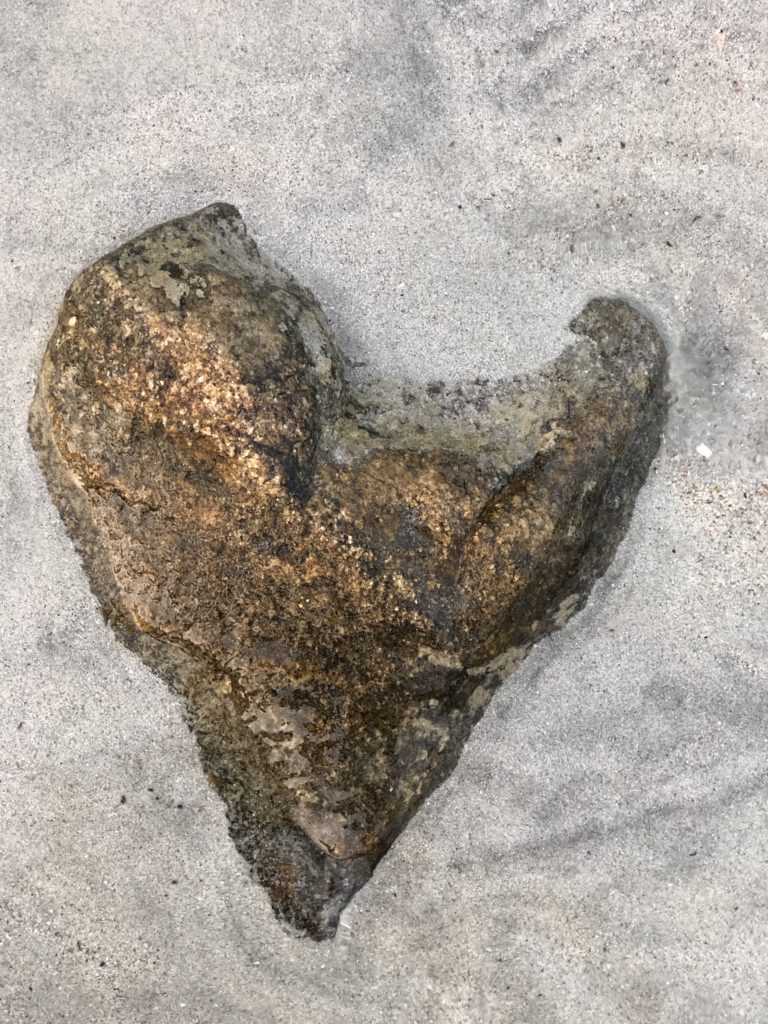
Conclusion
These types of conversations about pre-conceived ideas of places are brilliant. I have them, too. I love learning some secrets or less well-known things about places around the world, told by people who love that particular land. I like to be surprised.
Were you surprised by what you found out about Sardinia? I bet I would be surprised to learn some lesser-known things about the places you love. Won’t you share some of them with me in the comments?
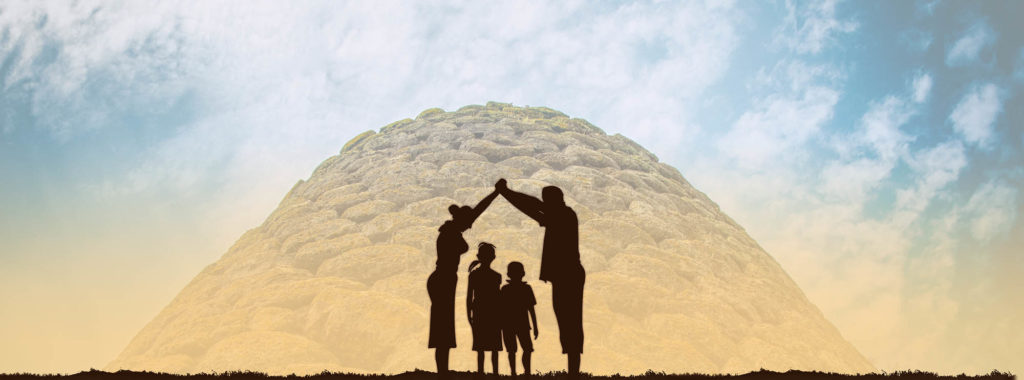
Join Old Ways for Modern Families!
Our Ancestors knew that true wealth and prosperity came from the land you lived on, your community (of human & otherkin), and your relationship to the Old Gods. They didn’t have to learn it because these beliefs were woven into everything they did.
They thrived. The evidence of it lives on in the sacred places they built and tended to honor the Gods, Spirits, Ancestors, and all life. Whether it was a stone circle or a grove of trees, or their many traditions & stories that they passed down to us, they have survived. They built things to last even if they never saw the end result because they believed that their hope, and therefore, the hope of the beautiful & enchanted world we are a part of is in the ones who come after us.
Those pieces that remain of their cultures create our roadmap back to a place of belonging in the web of life we are a part of for ourselves & our children.
Related Posts:
Live Like a Sardinian: The Key to Longevity
Old Ways for Modern Days Podcast Episode: Sardinia
The Mysterious Domus de Janas: Unveiling Sardinia’s Fairy Houses
Sardinia’s Ancient Olive Trees
Eat Like an Italian: No Guilt!

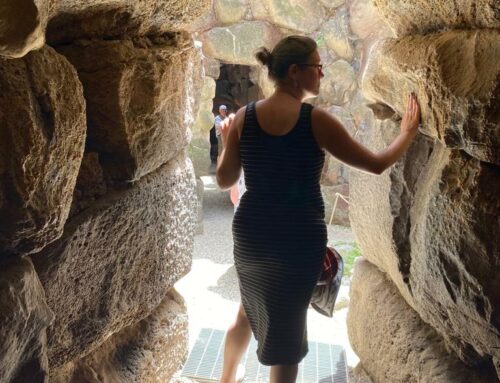

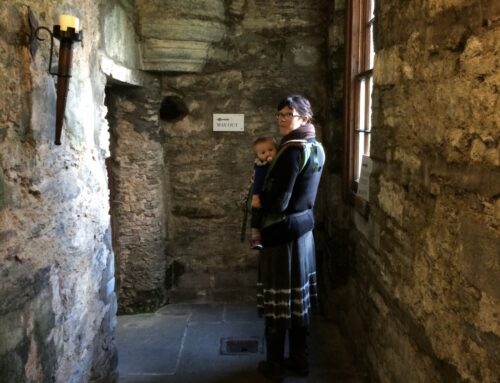
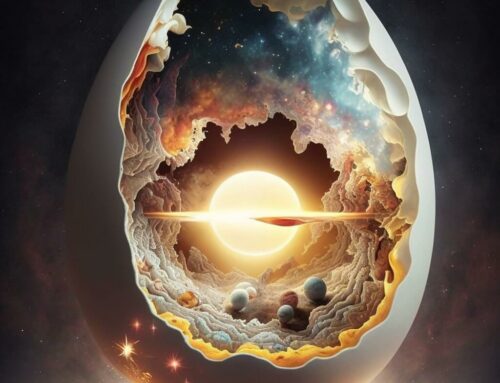
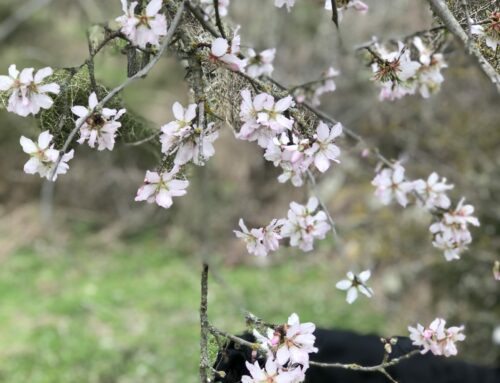

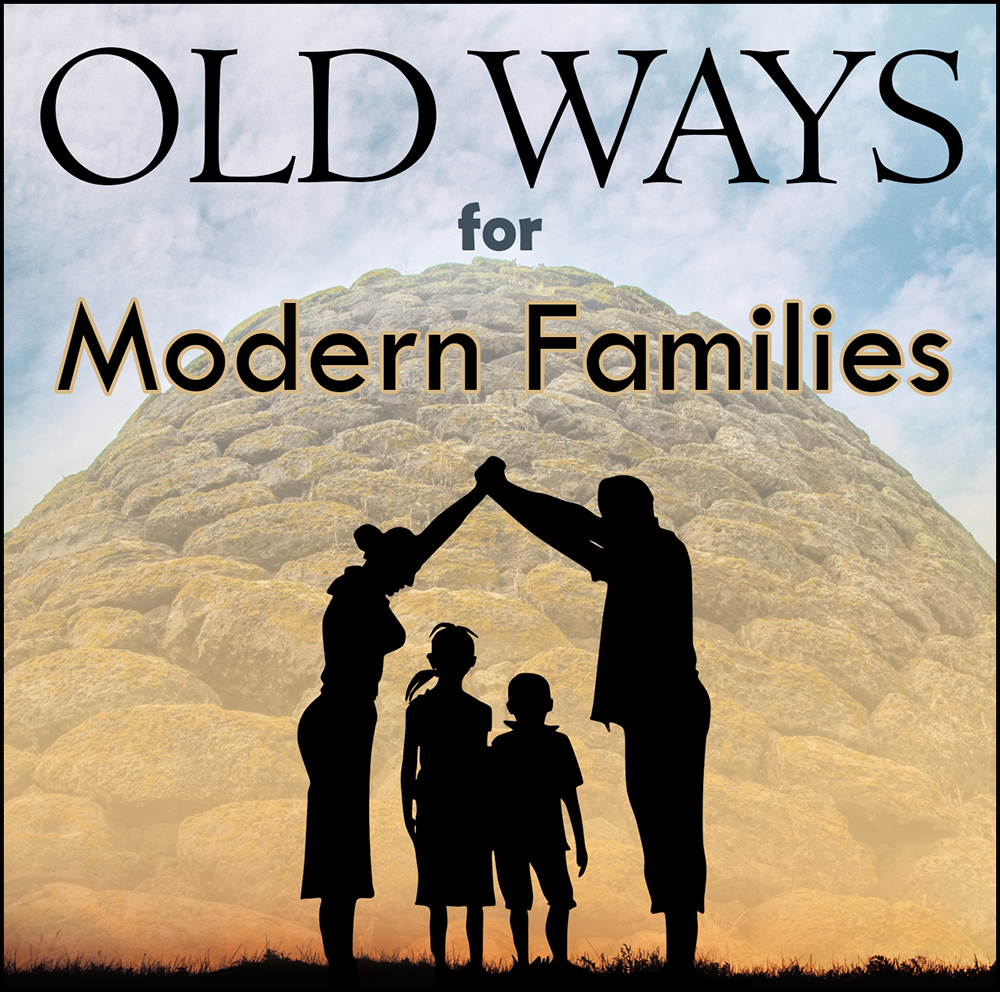
Leave a Reply